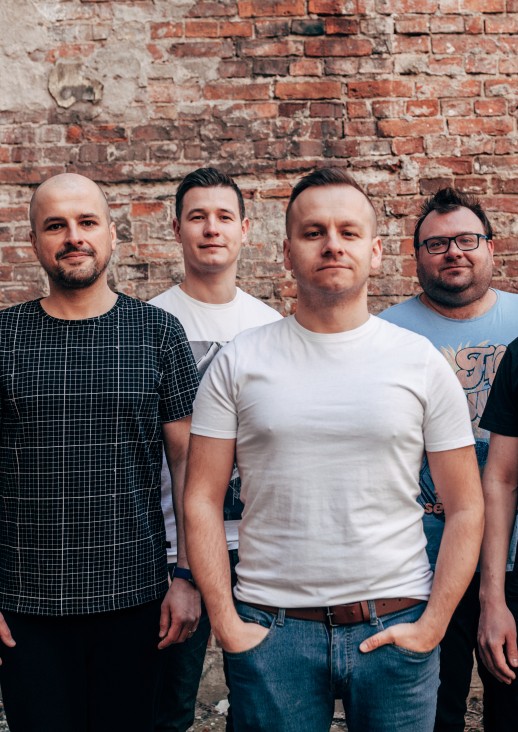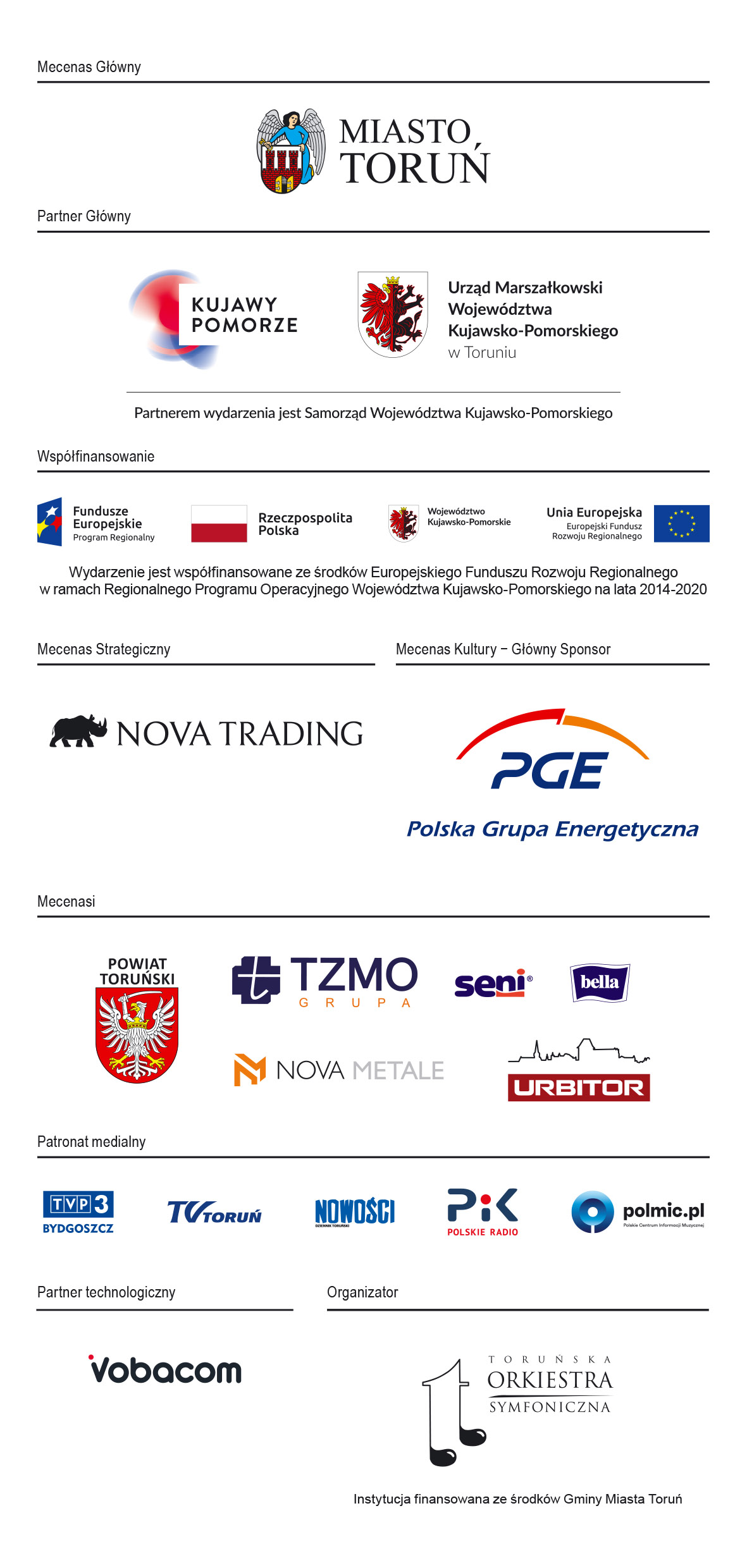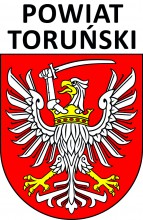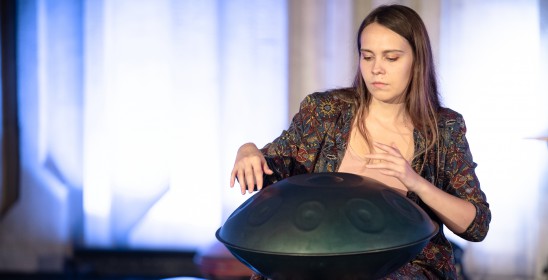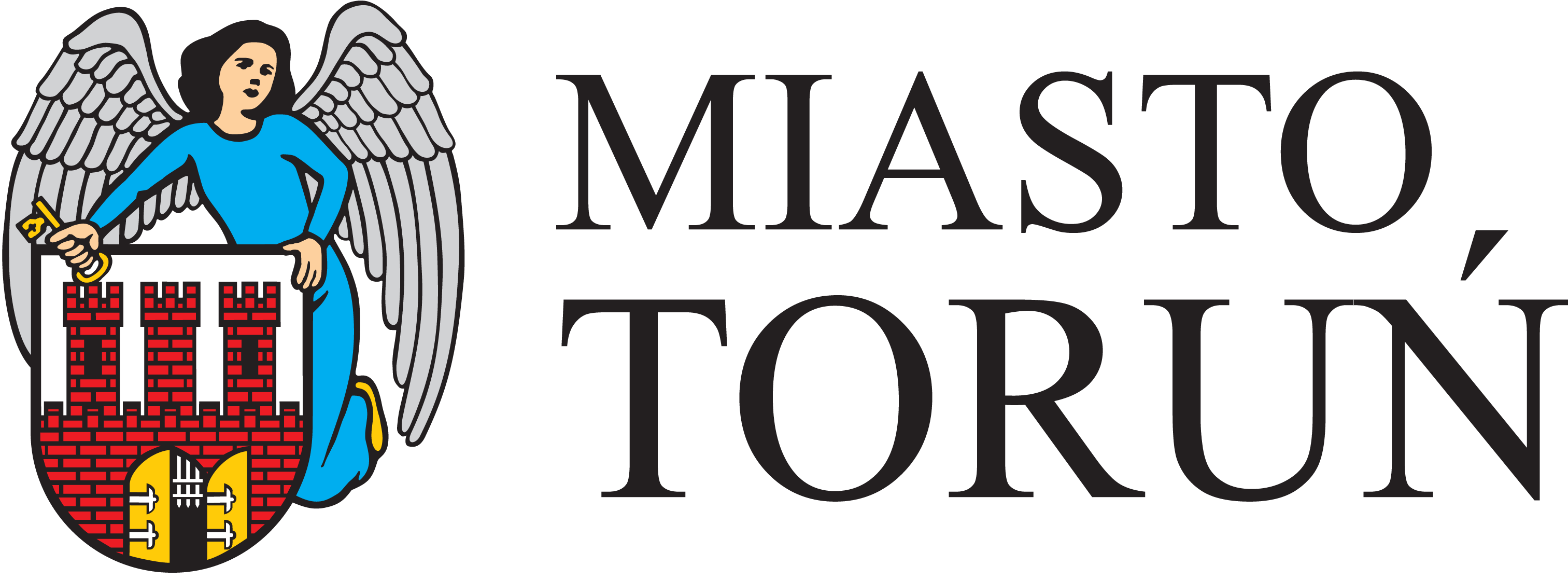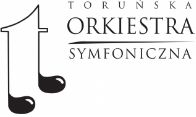Balkan-Klezmer evening
The concert will be held under The 26th International Festival "Nova Music and Architecture", Toruń/Kujawsko-Pomorskie 2022
Kujawy + Pomorze – promotion of the economic potential of the region – 2nd
Artists:
Klezmafour
Andrzej Czapliński - violin, vocal
Mateusz Chmiel - clarinet
Rafał Grząka - accordion
Gabriel Tomczuk - contrabas, moog
Kamil Siciak - drums
Toruń Symphony Orchestra
Jarosław Praszczałek - conductor
Fot. Danusia Matelak-Tomczuk
Let me start this text with a quote: “The music of Klezmafour is deeply rooted in Jewish folklore, but contains many original, spontaneous compositions as well (...). Klezmafour is more than just a breath of fresh air in Klezmer music, it's a real hurricane!”
Graduates of the Music University of Fryderyk Chopin in Warsaw from Lublin, Białystok and Warsaw itself, who found their inspiration from Klezmer and Balkan music - this is how the band may be presented in an aphoristic form. A more detailed description requires another quote: "The concert energy of Klezmafour combines the wildness of folk music with the roughness and vitality hip-hop."
What captivated the musicians in Balkan and Klezmer music, you may ask? Balkan music features the mix of Oriental and Western elements. It captivates with the Slavic melody, abundance of instruments and ornaments. And, at the same time, bursting with a wealth of rhythms and melodies, boils with life-giving energy and stuns with the power of improvisation.
How about the Klezmer music? It absorbed many different musical styles, thus hybridizing musical genres. It is worth remembering that the term “klezmer” itself is derived from two Hebrew words: “kle” (tool, instrument) and “zemer” (music). Therefore, a real klezmer musician had to master his instrument perfectly. In klezmer music, as in any art born of folklore, emotions counted the most. Hence the typical Jewish music chants (krechts) played most often on the violin or clarinet, imitating laughter or crying, ornaments such as glissandi and phlazolets, or improvisations resembling prayer lamentation. When we add this richness to lively dance forms, close to Hasidic dances, variations of melodies and the element of improvisation, a mixture arises, which the most sophisticated musical souls and minds must succumb to.
Aneta Derkowska

